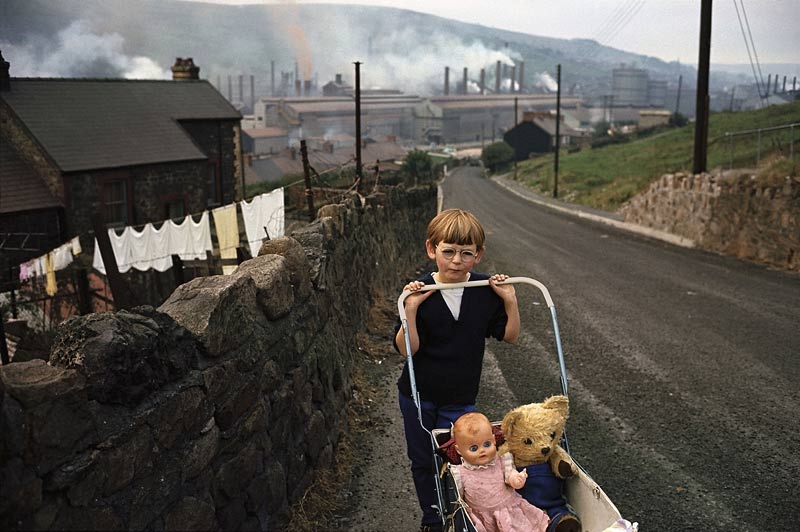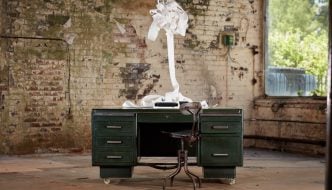
Bruce Davidson, Wales, 1965
I always find that an exhibition is more enjoyable if it is laid out well—not too many things to look at, but also not too few. Not too many rooms to get through, but enough that it’s not over too quickly. This is why I often find myself slightly dreading going to an art gallery: will it be tediously long? Will my brain go into meltdown at the lack of space between each piece? Ultimately, you want a few rooms (maybe five or six), a corridor or two, perhaps somewhere to sit, and enough open space to feel your brain expanding rather than getting slowly squashed by an overload of art and people.
At the ‘Strange and Familiar’ exhibition showing at Manchester Art Gallery, this balance is perfect. Originally shown at the Barbican, it is a feast for the eyes for those of us with pedantic taste and mildly obsessive behaviour. No need for a ticket, you just walk into the exhibition to find photos superbly spaced on the wall, with a background on each artist next to their works. We would expect no less from the exhibition’s iconic curator Martin Parr, a display of 23 international photographers’ works capturing different identities of the UK since the 1930s.
Walking through the exhibition, there are photographs of different areas of the UK through different times, and through the eyes of different people from all kinds of backgrounds. In the catalogue, Parr wrote that these photographers came to Britain in search of the clichés and stereotypes that make Britain what it is. Not only are these clichés apparent through more outwardly British things, for example Cartier–Bresson’s images of Royal Ascot and Princess Anne’s wedding in 1973 (things you might imagine when you think of the UK), but also everyday objects such as the escalators in tube stations in London, and even more gloomy shots like Depardon’s landscapes of Glasgow.
In the 80s, Raymond Depardon was commissioned by The Sunday Times to take photographs in Glasgow, having never been before and speaking no English. He said in an interview that he didn’t know much about Thatcher’s government or British politics, but hoped that the pictures he captured show ‘the violence of the era’, specifically the mass unemployment. Unfortunately these images were not published until now.
A lot of these pictures, as well as showing vivacity, show mass misery and dreariness (consequences of their times), but all of this is part of Britain’s history. These aspects of Britain’s diverse history sometimes seem very strange to the modern viewer, but also familiar; places we have been to and experienced have been caught in a different light, in a different era, by people experiencing them for the first time. This is what makes this exhibition so fantastic – the sheer variety and realness of it. I will never experience a 70s Rolling Stones concert (as beautifully captured by the German artist Frank Habicht), nor many other things, but am offered a glimpse of them through the art of photography.
Filed under: Art & Photography
Tagged with: Britain, exhibition, Manchester Art Gallery, Martin Parr, photography, Strange and Familiar, What's On



Comments